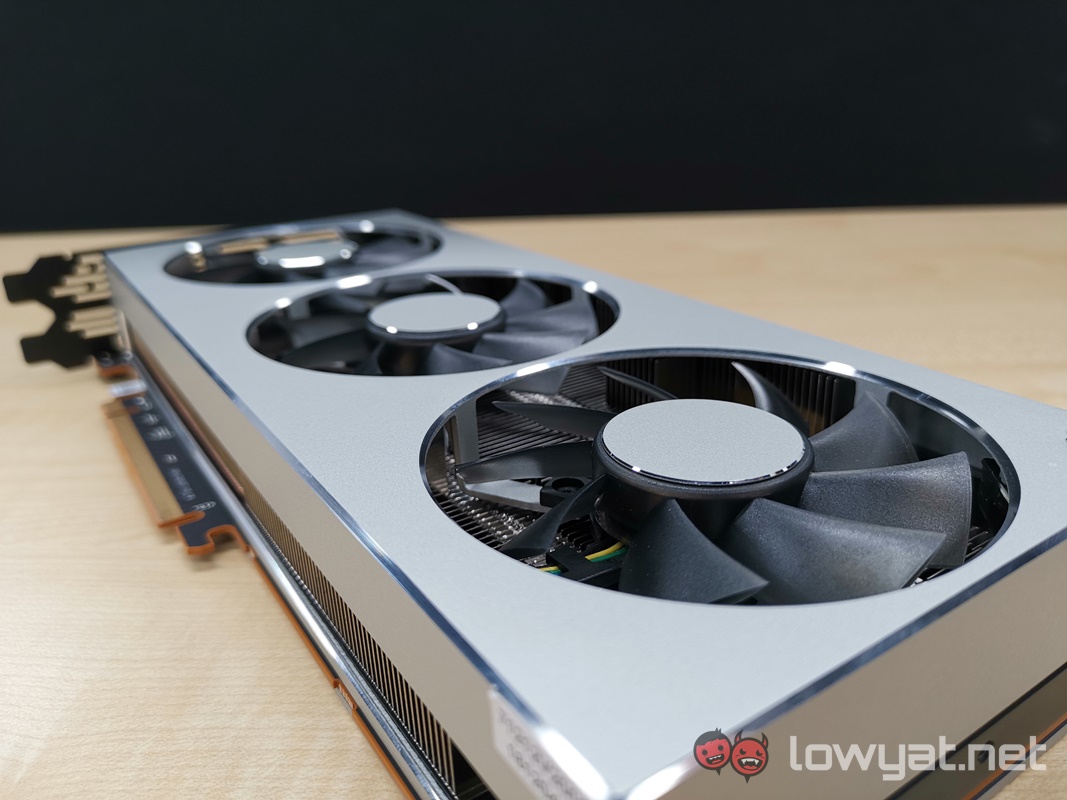While we’ve been testing AMD’s Radeon VII graphics card even further, it seems that the company might have had one slight oversight during the development of the card. And oversight that happens to be a lack of UEFI support.
The discovery of the UEFI issue – or lack thereof – was made by several consumers who had reportedly purchase AMD’s Radeon VII, and verified by TechPowerUp (TPU). The online tech site discovered that the BIOS of the card was completely devoid of UEFI support after running it through a hex editor. Including a graphics output protocol (GOP) driver.
For those that don’t understand, a GOP driver is a display driver that is usually embedded into the GPU, allowing it to run basic display functions in a pre-boot environment. For the consumers, the absence of the UEFI support means that installing the cards on to their systems forced their motherboards to engage its Compatibility Support Module (CSM).

To put it simply, AMD’s Radeon VII not carrying UEFI support means that systems running on the Windows 10 OS cannot engage Secure Boot. Ironic, considering that UEFI Secure Boot is practically a requirement to for Microsoft Windows 10 Logo certification, and the lack of such feature does raise the question of whether AMD can actually claim that its Radeon VII is Windows 10 compatible.
We’ve reached out to AMD regarding the issue, and we’re still awaiting an official statement from the brand. We’ll update this article with its answer once we get it, so check back with this space later.

In the mean time, ASRock has already released a corrective BIOS update for the issue. Technically, the update is designed for the brand’s own Phantom Gaming verion of the Radeon VII, but the AiB partner says that the BIOS should work with any reference design Radeon VII graphics cards.
(Source: TechPowerUp)
Follow us on Instagram, Facebook, Twitter or Telegram for more updates and breaking news.


